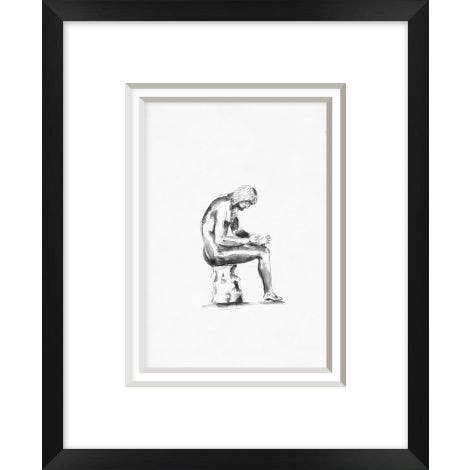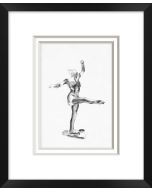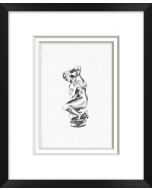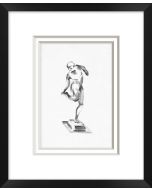Local Storage seems to be disabled in your browser.
For the best experience on our site, be sure to turn on Local Storage in your browser.
Sculpting Form 2
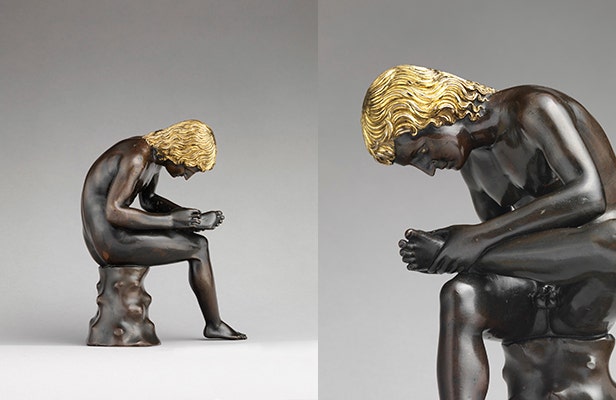
Our Inspiration:Spinario (boy pulling a thorn from his foot)
Antico (Pier Jacopo Alari Bonacolsi) (Italian, ca. 1460–1528)
Bronze, partially gilt (hair) and silvered (eyes); probably modeled 1496, cast ca. 1501
Gift of Mrs. Charles Wrightsman, 2012 2012.157
This is the best surviving example of Antico’s Spinario, which depicts a boy pulling a thorn from his foot. The sculpture is based on a famous Hellenistic figure from the 3rd century B.C., but Antico’s version is much more than a reproduction. The sculptor-goldsmith has subtly animated the figure, conveying the boy’s tension as he performs his task. Antico renders the piece—and the past itself—even more precious by gilding the boy’s hair and silvering his eyes. In looking at this sculpture, we become witnesses to two acts of concentration: the youth’s and the artist’s.

Our Inspiration:Spinario (boy pulling a thorn from his foot)
Antico (Pier Jacopo Alari Bonacolsi) (Italian, ca. 1460–1528)
Bronze, partially gilt (hair) and silvered (eyes); probably modeled 1496, cast ca. 1501
Gift of Mrs. Charles Wrightsman, 2012 2012.157
This is the best surviving example of Antico’s Spinario, which depicts a boy pulling a thorn from his foot. The sculpture is based on a famous Hellenistic figure from the 3rd century B.C., but Antico’s version is much more than a reproduction. The sculptor-goldsmith has subtly animated the figure, conveying the boy’s tension as he performs his task. Antico renders the piece—and the past itself—even more precious by gilding the boy’s hair and silvering his eyes. In looking at this sculpture, we become witnesses to two acts of concentration: the youth’s and the artist’s.


